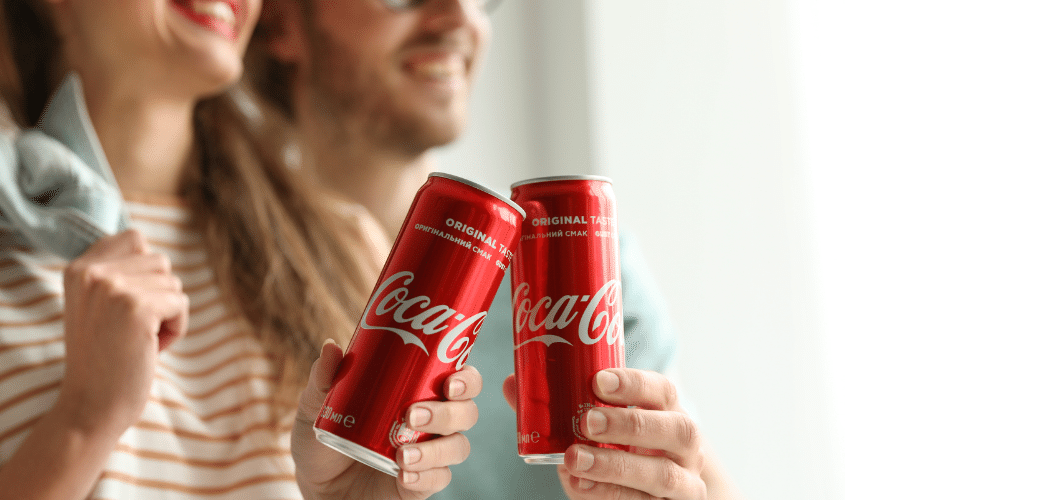An outsized demand for five-figure watches would seem to mark a good time for the economy, until one follows the chain of fulfillment.
Take the Rolex. A second-hand market for it and other luxury watches is mainstreaming fast because, despite rising global demand, the makers of the timepieces are maintaining tight production levels.
Then consider that many of the buyers of these items are young collectors who, thanks to new wealth derived from stocks and cryptocurrencies, are transacting these pieces online, aided by a proliferation of collector and information sites.
The result is a sort of Wild West market of pre-owned, upscale goods. McKinsey estimates that pre-owned watch sales alone could reach $30 billion by 2025, from $18 billion in 2019.
But It’s Not Just Watches
All kinds of indulgent luxury goods, from the Gucci Jackie Bag (demand is up 50% from 2020) to the preppy apparel maker Casablanca, are experiencing a second-hand revival, according to luxury consignment site The RealReal’s 2021 Luxury Resale Report. Some secondhand Birkin bags are even more expensive than new ones.
Little wonder, then, that the total luxury resale market is projected to reach $68.5 billion by 2028, while the Boston Consulting Group estimates it is now worth $30 billon to $40 billion.
But how many of those dollars will be spent on the real thing? Much of the resale market, especially online, is unregulated, and therefore is rife with risks of fakes and stolen goods, not to mention recreated “Frankenwatches,” as Toby Bateman, CEO of the watch-collector site Hodinkee, told CNBC. The fact that luxury goods tend to hold on to their value make them enticing not just to buyers, but also to scammers.
All of which might compromise the appeal of luxury brands. It’s no help that many do not operate their own resale platforms – their scrutiny of crucial factors, such as provenance and quality, can make the process clunky and arduous.
Meanwhile, the number of dedicated luxury resellers is climbing to include Rebag, The Luxury Closet and Vestiaire Collective. These platforms make luxury much more accessible to average consumers, but shoppers may veer from these authenticated sites to unauthenticated sellers, not detecting a difference.
So How Do Brands Protect Themselves?
A distinct threat of inauthentic second-hand luxury, for Rolex, Gucci and other brands, is it could lead to market saturation and tarnish exclusivity. This in turn could reduce sales of first-run items, as Birkin is experiencing.
Retailers and luxury brands can protect and prepare themselves, if they invest in the same kinds of digital platforms that make recycled luxury possible. True, confirming the authenticity of goods will take work, but considering the data insights such platforms would generate, these sites could protect brands from scammers while helping them anticipate and market for future shopper preferences.
A few ideas:
Set up authentication sites. Like digital fact sheets, these sites would provide confirming details of what makes a luxury piece the real deal – as well as the telling signs that an item is counterfeit. Companies that offer these “real or fake” services already exist online, Real Authentication among them, and can provide a model. Warning: These sites will likely attract illegitimate traders as well as honest buyers and sellers, so two-source identification registration should be required. Bonus: The data provided should help the merchant detect nefarious patterns in shopper behavior.
Add luxury to the record books. Brands and retailers can establish digital ledgers where owners can register their products, as well as look up serial numbers of pieces to ensure their origins. Alexander McQueen’s MCQ label and platform is a good source for ideas. The site, which collaborates with up-and-coming designers, partners with the blockchain ledger firm Everledger to provide background information on each product it sells, including where and when the item was made and the number produced, all by swiping the product tag with a smartphone.
First-class education. Look, luxury comes with privilege, such as concierge appraisal services. But newly rich, young consumers are not likely to be as savvy as the “experienced” wealthy when it comes to product bona fides. Retailers and brands can provide this information more proactively through social media and other targeted outlets. There are entities, such as Authentic First, that operate their own Facebook pages. And some luxury brands, including Bulgari and Channel, attach near-field communication (NRC) tags to their products to guarantee authenticity. These NRC tags or chips should be standard, as should be easy-to-find authentication information on their websites (which is not always easy to find).
Align the shiny objects with an expert partner. Reputable sites, such as The RealReal, offer authenticated consignment of luxury goods and an engaged customer base. In April, The RealReal partnered with eight luxury brands, including Stella McCartney and Balenciaga, to authenticate and upcycle their goods through a circular fashion initiative called Atelier & Repairs. Such partnerships are simply a matter of vison. If luxury brands can sell side-by-side at Saks Fifth Avenue and Nordstrom, why not join forces and resell their goods together online, globally, on one platform?
The factors contributing to new wealth worldwide are not likely to reverse. Demand for luxury will continue to spread to new markets, triggering the need for new fulfillment inroads. Luxury brands should be blazing these trails themselves; doing so will diminish questionable origins and authenticity issues.
But the clock is ticking, and each tick can be worth thousands.
Bryan Pearson is a Featured Contributor to The Wise Marketer and currently serves as a director and strategic advisor to a number of loyalty-related organizations. He is the former CEO of LoyaltyOne.
This article originally appeared in Forbes. Be sure to follow Bryan on Twitter for more on retail, loyalty, and the customer experience.




